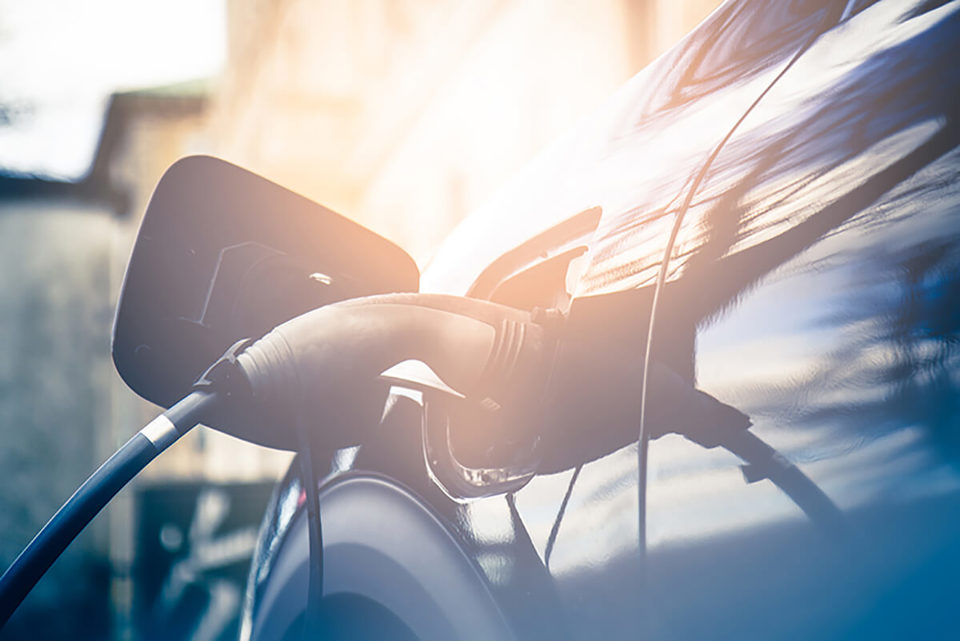The fleet industry has welcomed further investment to boost plug-in vehicle adoption but has said it does not go far enough to prepare for a 2040 deadline switch to zero emissions-capable vehicles.
Chancellor of the Exchequer Philip Hammond’s Budget announced a £100 million top-up for the plug-in car grant and confirmed it would continue until at least 2020. The Government will practice what it preaches with a commitment of having a quarter of all central department fleets as plug-in vehicles by 2022.
He also said the Government would put forward £200m, to be matched by private investment, for a £400m injection into a new Charging Investment Infrastructure Fund.
A further £40m has been offered to boost research and development in charging technology.
Hammond confirmed the HMRC will clarify the law so that from April 2018 people who charge their electric vehicles at work will not face a benefit-in-kind (BIK) charge from next year.
Simon Hill, Total Motion managing director, welcomed the clarification on BIK for charging at work and the extra funding. However, he said: “While £400m sounds like a lot, it is no way near enough. It needs to be that level of investment annually.
“Our own estimates show it’s going to take around £20 billion of investment to get the UK’s vehicle charging infrastructure to the point where it will support a mass market for the Government’s 2040 target.”
John Webb, principal consultant at Lex Autolease, said fleet managers are increasingly looking at switching to EVs but they won’t commit if they can’t be confident in the charging infrastructure.
He said: “The investment announced is a good start, but far more will need to be done if we’re going to achieve the 2040 ambition. There are only six fleet cycles to go (based on five to three-year cycles).
“Joined up thinking involving Treasury, HMRC and local government needs to consider long-term tax and regulatory incentives. Other countries have found that considering electric vehicle uptake in road planning and transport infrastructure developments is critical in building a viable urban mobility system.”
The plug-in car grant has added 120,780 eligible vehicles to UK roads since it launched in January 2011. Data from the Society of Motor Manufacturers and Traders (SMMT) shows steady growth for cars eligible for funding, rising from a base of just 812 annually to more than 40,000 a year now.
The £100m top up is specifically for the plug-in car grant, rather than to be used to fund vans or infrastructure.
The Department for Transport (DfT) declined to comment on how much money was left in the previous grant pot for cars or for vans and said: “We don’t share plug-in grant budgets publicly”.
However, a DfT spokeswoman told Fleet News: “The plug-in van grant will be maintained at the current rate until March 2018 or when 5,000 vans have been ordered, whichever comes first.
“A review of the plug-in van grant will then be undertaken. Around 4,000 vans have currently been ordered through the scheme.”
There is no guarantee the plug-in car grant will continue after 2020 but the DfT said it would continue to review funding at regular intervals and future plans will be included in the upcoming zero emissions road transport strategy.
Chargemaster predicts there will be at least 200,000 plug-in cars on UK roads before the end of next year, estimating around 70,000 annual registrations. Of those, between 25% and 30% are expected to be pure electric cars, while the remainder will be plug-in hybrids and range extenders.
A Chargemaster spokesman said: “We hope some of this funding will be directed towards preparing network connections and reinforcing the electricity grid where required, as having sufficient suitable sites at which to install infrastructure, particularly rapid chargers, will help speed up the growth of the public charging network.”
Hill said infrastructure needs to be focused on solutions for the home, at work and at fuel stations. “The £40m R&D funding is a drop in the ocean,” he said.
Webb said it is vital the infrastructure funding is used to roll out more rapid charging points.





















Login to comment
Comments
No comments have been made yet.